Living in the present may not seem to be a problem but letting go of the past is. Many of us often face difficulties resolving our past conflicts which in turn creates a roadblock in our personal growth. Do you want to focus on self-awareness and personal growth? Then Gestalt therapy can help you heal, focus on the present, reduce stress and anxiety, and make better life decisions.
What Is Gestalt Therapy?
Gestalt therapy (GT) is a type of psychotherapy that focuses on our experience in the present moment and personal responsibility. GT was developed by psychotherapists Fritz Perls, Laura Perls, and author Paul Goodman during the 1940s. It emphasizes the social and environmental contexts of our lives, the adjustments we make in our lives due to certain situations, and the relationship we share with our therapist.
Gestalt techniques enable us to understand problems and focus on how they can affect us, instead of getting anxious or worried about why it happened. It encourages us to live in the present by making us more aware and encouraging personal growth.
Licensed professional counselor Jodi Clarke, LPC/MHSP explains “Gestalt therapy is a humanistic, holistic, person-centered form of psychotherapy that is focused on an individual’s present life and challenges rather than delving into past experiences.”
The focus here is mainly on taking responsibility for ourselves rather than blaming someone or something else. In this approach to mental wellness, we are encouraged to resolve past conflicts by becoming more present. The objective is to become more self-aware.
Related: 6 Reasons You Should Try Out Talk Therapy
“Gestalt Therapy centers around the present. Participants learn to tune into their inner selves, release the past, and engage with the present. Instead of worrying about the past or the future, GT focuses on the here and now,” explains an article medically reviewed by licensed professional counselor Whitney White, MS. CMHC, NCC., LPC.
Understanding Gestalt Therapy
Jodi Clarke writes “Gestalt, by definition, refers to the form or shape of something and suggests that the whole is greater than the sum of its parts.” In this specific theory of counseling, perception matters a lot. It gives extensive focus on how we put meaning behind our experiences, make sense of the world we live in, and place meaning behind it all.
According to Good Therapy, “At the core of gestalt therapy is the holistic view that people are intricately linked to and influenced by their environments and that all people strive toward growth and balance.”
This psychotherapy technique is based on the belief that we cannot understand ourselves fully unless we understand our circumstances. Context influences experience. GT recognizes that none of us have the ability to be purely objective and compelling someone to change can lead to further fragmentation and distress.
Related: 7 Ways to Know Therapy is Working for You
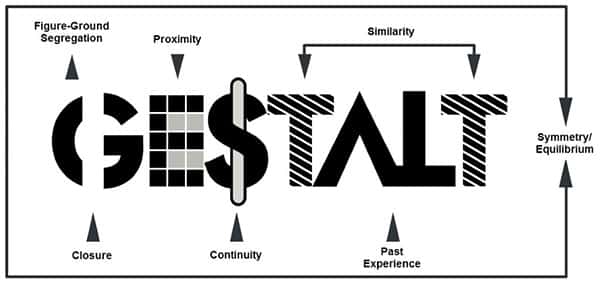
“Change results from acceptance of what is,” adds Good Therapy. This is why it focuses on helping people learn how to be more self-aware and accept their experiences and feelings to alleviate stress, anxiety, and suffering.
How Gestalt Therapy Can Help
GT can prove to be highly helpful in helping people treat and cope with various conditions, like:
- Stress
- Anxiety
- Depression
- Low self-efficacy
- Low self-esteem
- Relationship problems
It can also prove to be useful to help us gain more self-awareness, enable us to live in the present moment, and successfully pursue self-development. According to Psychology Today, Gestalt therapy can also help in treating physical conditions like back spasms, ulcerative colitis, and migraine headaches.
It adds “Good candidates for gestalt therapy are those who are interested in working on their self-awareness but may or may not understand the role they play in their own unhappiness and discomfort.”
Apart from these, GT may also help us with the following:
- Enhanced mindfulness
- Better sense of self-control
- Improved awareness of self-needs
- Enhanced communication skills
- Higher tolerance towards negative emotions
- Improved emotional understanding
- Increased abilities to observe and control mental states
Related: 15 Art Therapy Exercises to Control Your Mind and Channel Your Emotions
Gestalt Therapy Techniques For Personal Growth
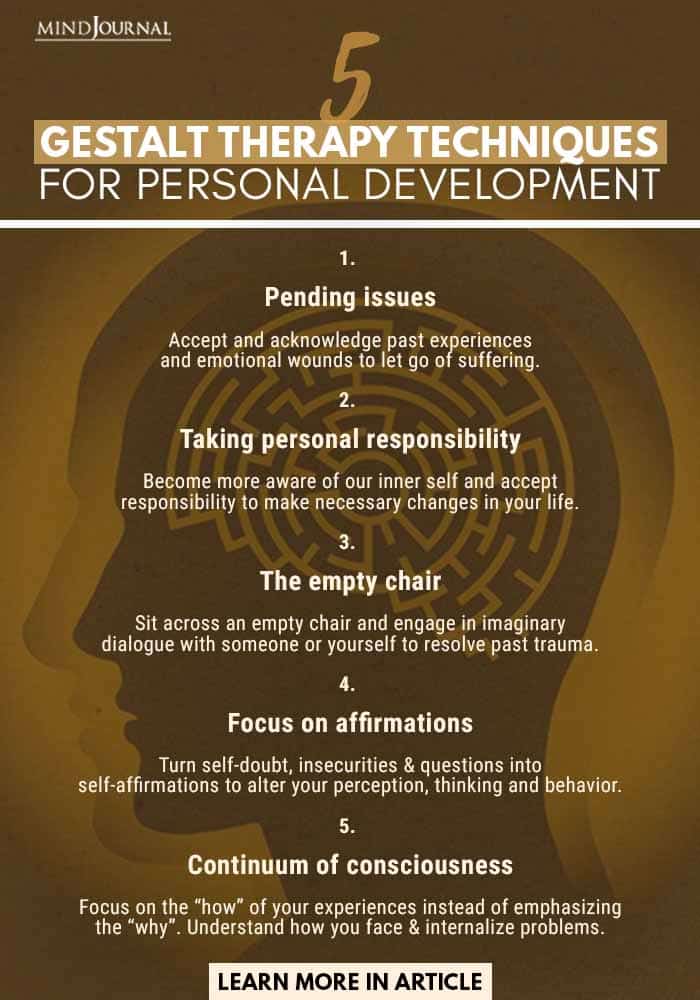
Gestalt therapy involves a number of original and dynamic psychotherapy techniques that empower us to overcome resistance by being more aware of our world and ourselves to facilitate self-growth.
Let’s take a look at some of the most effective GT techniques.
1. Pending issues
Experiences and emotional wounds from the past can affect and hamper our present. This can be especially damaging when these issues are unmanaged or blocked by personal emotions, knots, and feelings that prevent us from living our best life now. “According to Gestalt, we all have outstanding issues with friends, relatives, ex’s, and loved ones who have passed away,” explains Exploring Your Mind.
Hence, it is crucial that we acknowledge and accept these feelings instead of avoiding them. It is only by bringing these emotions into the light, we learn how to let go of resentment, loss, and suffering. In GT, this is usually conducted through a simulation practice. It is a mental process involving three stages –
- Reunion
- Confrontation
- Farewell
We can recall the person in our mind and express our feelings honestly and openly. We can tell them exactly what we feel and unload our pain, bitterness, grief, and guilt. Once we have expressed ourselves and recognized them in our minds, we can finally let them go and gain closure. This can help to close the circle and empower us to move on in life.
Related: 10 Things People Who Bottle Up Their Emotions Go Through and Understand
2. Taking personal responsibility
This is perhaps the most effective Gestalt therapy technique that can help you to improve yourself, strengthen your relationships, and live a better life. Although it is a simple concept in theory, in practice, taking responsibility for yourself requires a lot of commitment and dedication. This technique enables us to become more aware of our inner selves, our lives, our surroundings, and the world we live in.
The objective of this technique is to perceive responsibility and accept it in difficult situations. This perception is then used to bring about more active behavior and actions to make necessary changes in our lives.
When we blame others, we instantly become a victim of the situation and lose our sense of control. This leads to stress and anxiety and even depression.
GT enables us to change this old behavior and take the onus on ourselves to better our lives. “Learning how to accept and embrace personal responsibility is a goal of Gestalt therapy, allowing clients to gain a greater sense of control in their experiences and to learn how to better regulate their emotions and interactions with the world,” adds Jodi Clarke.
Related: BRUCE LEE’s Unpublished Personal Letters Describe His Own Process of Personal Awakening
3. The empty chair
It is a widely known dialogue technique in gestalt therapy. The empty chair technique can be highly beneficial in gaining important meanings and perceptions that can help us to become more aware of our emotions and how we can start the healing process.
Jodi Clarke, LPC/MHSP writes “This is a role-playing exercise that allows a client to imagine and participate in a conversation with another person or another part of themselves.” This process involves you sitting across an empty chair and engaging in an imaginary dialogue with someone you wish to talk to or a part of your personality
It is often used to meet and engage with imaginary projections of specific people we know with the aim of resolving past trauma or helping with the mourning process. This can also be beneficial for personal growth as it allows us to start a targeted internal dialogue with our opposite personalities. “The empty chair technique can be especially useful for helping people become mindful of the whole situation and forgotten or disengaged pieces of their own self,” adds Good Therapy.
4. Focus on affirmations
Another effective Gestalt therapy technique is turning your insecurities, fears, and questions into affirmations. This can be an incredibly valuable therapy tool that can enable us to communicate internal realities and assemble, organize and mobilize resources.
So the next time you find yourself asking – “Why do I feel so terrible lately?”, turn your internal inquiries into affirmations. Tell yourself – “Okay, so I have been a bit down lately, but I will intentionally bring about a change from tomorrow, lift myself up and make things better one step at a time.”
Turning questions into self-affirmations can alter our perception, thinking, behavior, and action which can eventually empower us to change our reality for the better.
Related: Motivation Such an Aggravation: Affirmations and How to Take Them
5. Continuum of consciousness
According to Exploring Your Mind, therapists using this technique focus more on the “how” aspect of an individual’s experience instead of emphasizing the “why”. It explains “They want to understand how the patient faces problems and how he lives with them. How he feels them and internalizes them.”
However, to make the therapy process effective, we need to create ample space to help us identify what our present thoughts, emotions, and sensations feel like. Therapists can often trigger us to experience this by asking us things like how we are feeling or where we are feeling a certain emotional pain.
The objective is to understand what we are experiencing, observing, and feeling right now. Exploring Your Mind writes “We can practice the continuum of consciousness, making every sensation, thought and feeling come into being.”
The point is not to internalize or avoid our thoughts and feelings, it is about acknowledging them and letting them be in our present thoughts without holding on to them.
Live In The “Here And Now”
Gestalt therapy can help us reopen previously unacknowledged or suppressed emotions that may have been masked by various other feelings. By becoming aware of the present moment, it enables us to accept and trust our emotions.
The above-mentioned GT techniques allow us to heal emotional wounds and trauma, gain increased awareness and build a new sense of self.
Related: How To Find Happiness By Living In The Present Moment
“The focus on the here and now does not negate or reduce past events or future possibilities; in fact, the past is intricately linked to one’s present experience,” explains Good Therapy. It is to learn how we can stop clinging on to the past and anticipate our future based on past experiences.
Awareness Is Healing
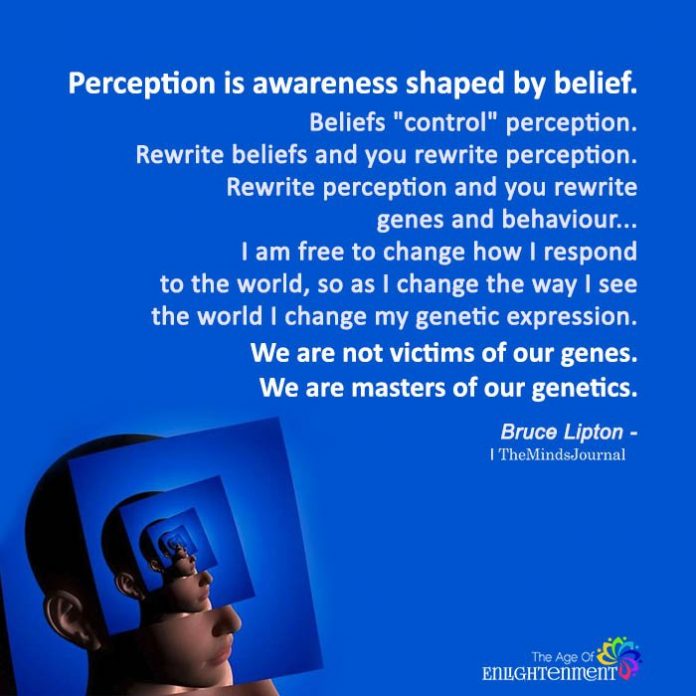
Gestalt therapy is based on evidence and so it is functional and unique. It empowers us to connect with our suppressed emotions and needs and asks us to take personal responsibility for our lives. It gives us the strength and courage to pursue personal growth even if we have gone through difficult and negative experiences previously. We can learn to become emotionally healthy and whole once again.
Psychology Today concludes “By building self-awareness, gestalt therapy helps clients better understand themselves and how the choices they make affect their health and their relationships. With this self-knowledge, clients begin to understand how their emotional and physical selves are connected and develop more self-confidence to start living a fuller life and more effectively deal with problems.”
Related: How To Use Your Emotional Triggers For Your Personal Growth
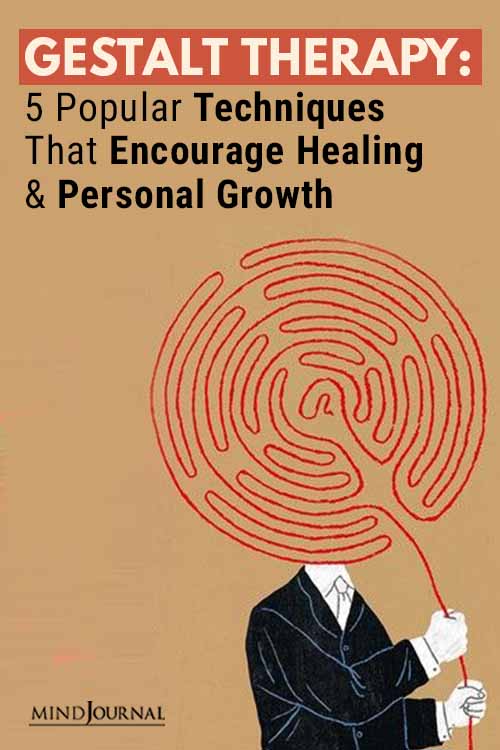


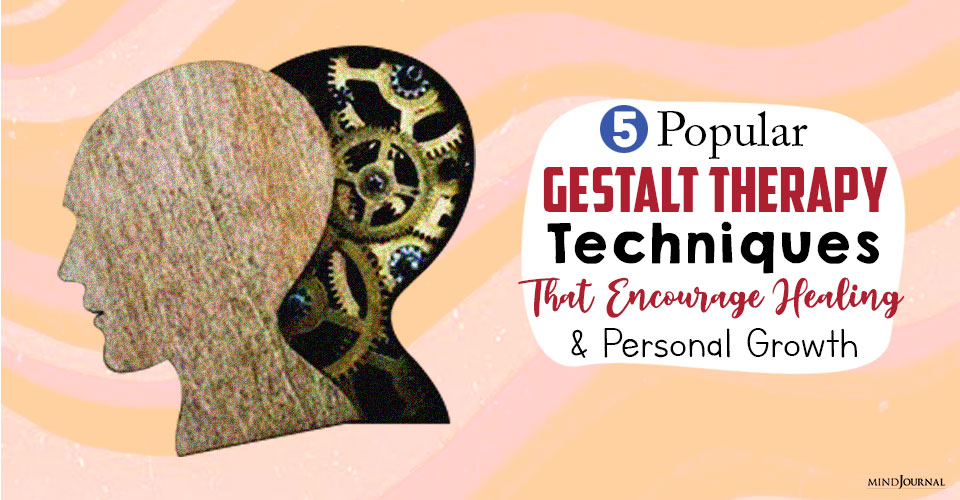



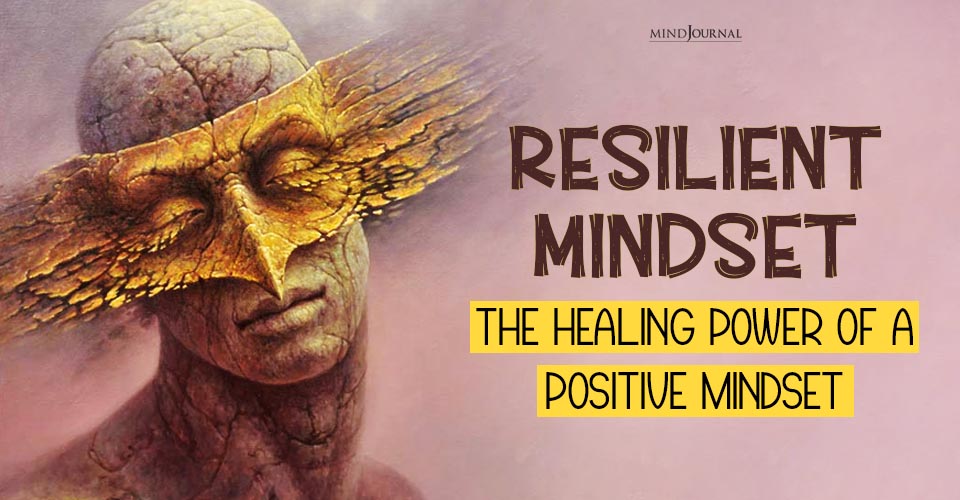
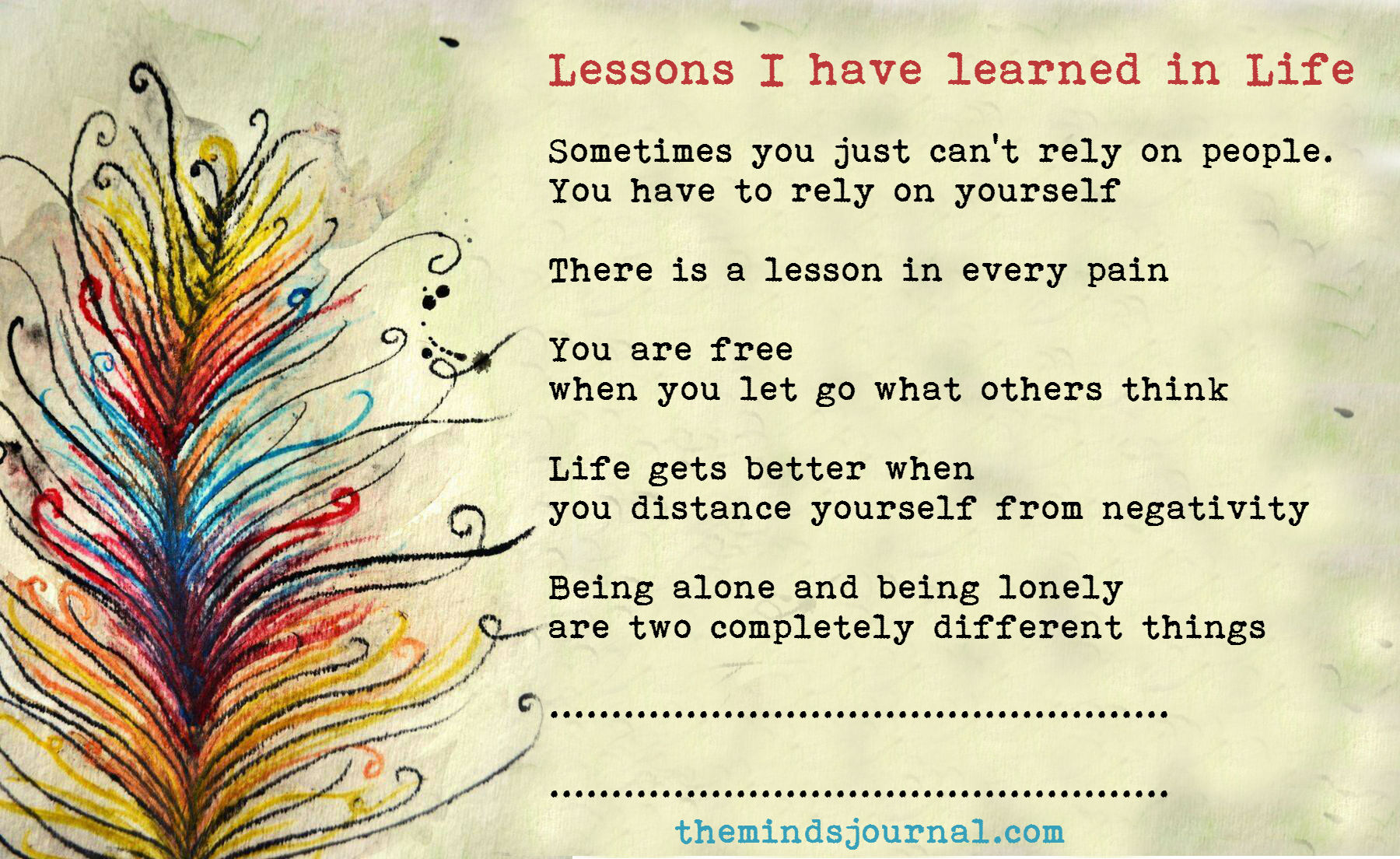


Leave a Reply